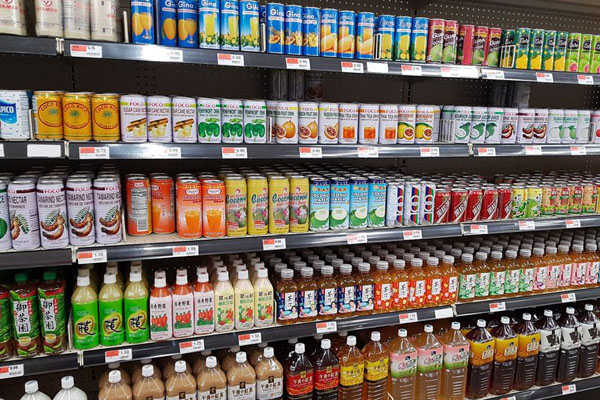How to design display layout for small and medium-sized supermarkets
Apr 24 , 2025When placing shelves, you should consciously use the shelves to display the goods in different areas. Small and medium-sized supermarkets can generally be divided into several functional areas according to the types of goods, such as general merchandise area, condiments, non-staple food, daily chemicals area, tobacco, alcohol, tea, etc. When zoning, pay attention to displaying the best-selling goods closer to the store entrance. The shopping aisles between shelves should be unobstructed and not too narrow or crowded, which will affect the shopping experience.
The display locations vary according to the characteristics of the products. The top and bottom shelves are the places where it is more difficult to take. Therefore, the top and bottom shelves should be used to display products with low gross profit margins, slow sales, and large volumes. The top shelf should be used to display products that are light and not easily broken. The bottom shelf should be used to display products that are heavier and inconvenient to take.
The upper limit of the display height is between 150-170CM, and the lower limit is between 30-60CM. The golden position of the shelf is the second layer, which is generally between 80-130CM. In this section, it is the easiest place for adult consumers to see and get, and the commodity turnover speed is also the fastest. This position generally displays high-gross-profit, best-selling, and main-promoted commodities to facilitate customers to purchase.
The sales method of small and medium-sized supermarkets is open shelf self-selection. The price tags must be clear and some best-selling products must be replenished in a timely manner to prevent the products from "disappearing" from the shelves.
Products on shelves, piles on the ground, and ends must be fully displayed. If the products are not full, it will reduce the utilization rate of shelf space, resulting in increased inventory pressure in the warehouse. If the products are not full, it will give customers a bad impression that these are "leftover products". If the products are not full, it will affect the product's own performance and sales.Even if the shelves are full of products, if they are tilted and messy, it will still leave a bad impression on customers. If there is no warehouse inventory and the shelves cannot be filled, fill them with other related products that sell well at the same time to ensure that the products are full and neat. Keep records and replenish stocks in time.
Classifying and displaying goods according to their characteristics can make it clear at a glance. When placing goods, make sure they are in the same direction, have harmonious color matching, and classify them as much as possible. You can mix slow-moving goods with popular goods without affecting the appearance to boost sales. You should also pay attention to the relevance of goods. Putting related goods together can promote consumption.
In order to maintain a relatively good shelf life for products in supermarkets, especially food products, the first-in-first-out principle should be when restocking products. When restocking, take out the products first and check them. If the shelf life is the same as the products to be put on the shelves, and the shelves and products are clean, you can directly restock them.If the product is not clean, take it down, clean it, put the new product inside, and then put the old product outside. Especially for fresh, frozen and refrigerated food with a short shelf life, pay more attention to the first-in-first-out principle. You can use a Equipment gravity shelf beverage to solve this display problem.
